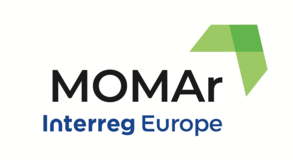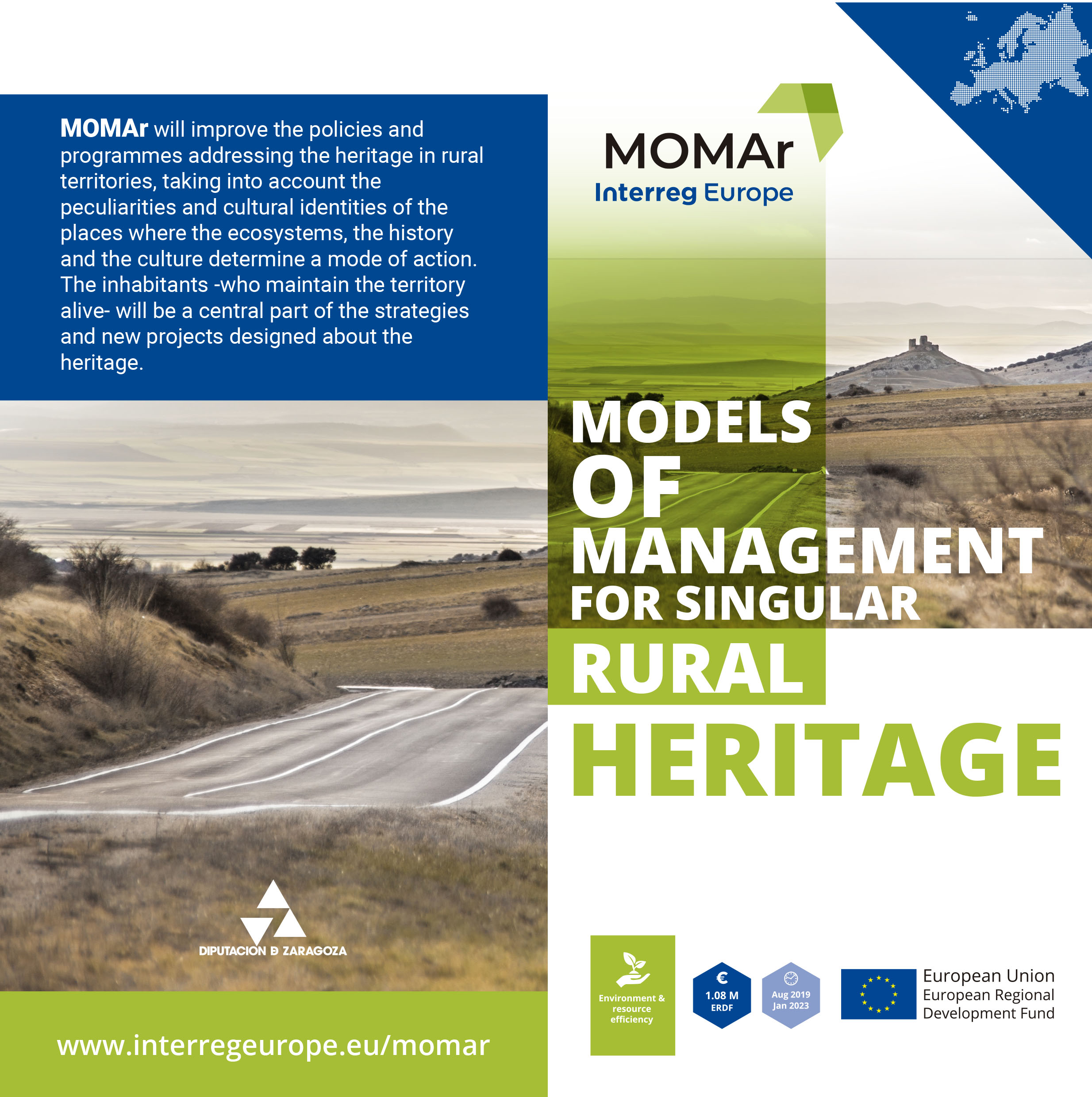Tarazona Monumental Foundation manages the historical-artistic heritage of the city of Tarazona, in Zaragoza (Spain). This city is an open book that traces the history from the Iron Age to the present days, thanks to the survival of great civil and religious monuments. Currently, the Foundation is one of MOMAr's stakeholder. We spoke with its manager director, Julio Zaldívar, to learn more about the keys to its success.

What are the strategic lines of your work?
We are committed to a 360º strategy, heritage is the result of human beings and must return to them, guaranteeing its enjoyment and its correct future conservation. Thus, we do a lot of documentation, research, and preventive conservation work, focusing on rehabilitation and restoration work on buildings and works of art that allow their dissemination, value, use and enjoyment.
Likewise, you dedicate great effort to the touristic and cultural dissemination of heritage. Is this an essential piece for good heritage management?
The reason behind heritage management is to bring it closer to society and contribute to its proper future conservation. With promotion and dissemination, the management not only attracts more followers of the heritage but also engages them with it. We are committed to a founded and truthful promotion, which has contributed positively to the definition of the tourist destination of Tarazona and its surroundings, generating important socioeconomic benefits for the local population and industry. Parallel to the constant documentation work, we interpret content and design resources adapted to current trends and each type of audience, being able to focus management on society's expectations.
We live in a globalized world in which one of the few things that can differentiate us is our heritage.
Have the Foundation considered changing its promotion and financing model due to the COVID situation?
Regarding financing, for projects of restoration or training, we continue to have the support of our employers and the Friend’s club, and we are always attentive to possible grants to join. However, it is true that this year the tourist and cultural management of heritage will not be sustainable, and that due to the effects of the pandemic we are going to drag losses.
The foundation received numerous awards such as the stamp of the European Year of Cultural Heritage 2018. What do you think are the keys to success in heritage management models?
Open the doors of monuments and integrate them into the city, make the local population feel them own and consider them as a first-rate resource; offer tourist and cultural services that make their conservation and maintenance possible in a sustainable way, and create synergies with the surrounding tourist industry. Doubtless, the human factor is very important, a good treatment enriches the tourist experience and the perception of the destination. For this reason, we work to generate stable employment, which allows to settle the population and assures us of quality service, committed, and that meets the expectations of visitors.
Can you explain us any of your success stories?
 In 2014 we received the Ar&Pa international award for the restoration, dissemination and, management of the Cathedral of Tarazona, which after 30 years closed to the public opened its doors in April 2011. It was our work to define how it was going to be this reunion of the local society with its cathedral. For this purpose, two months of open doors and a complete heritage education program were held for schools, which is still ongoing. In June of that same year, tourism and cultural management began, and up to now, we have attended more than 380,000 people, including tourists and users of cultural and recreational activities, an average of 40,000 visitors a year. This management contributes to the maintenance of the monument and the increase of its patrimonial, social, and economic value. In addition, it reverts to the benefit of Tarazona, which with a population of 11,000 inhabitants has experienced sustained economic growth in sectors such as tourism, commercial, agri-food and real estate. All of this undoubtedly improves the quality of life and identity of the locals, for whom there has been a before and after the reopening of the Cathedral.
In 2014 we received the Ar&Pa international award for the restoration, dissemination and, management of the Cathedral of Tarazona, which after 30 years closed to the public opened its doors in April 2011. It was our work to define how it was going to be this reunion of the local society with its cathedral. For this purpose, two months of open doors and a complete heritage education program were held for schools, which is still ongoing. In June of that same year, tourism and cultural management began, and up to now, we have attended more than 380,000 people, including tourists and users of cultural and recreational activities, an average of 40,000 visitors a year. This management contributes to the maintenance of the monument and the increase of its patrimonial, social, and economic value. In addition, it reverts to the benefit of Tarazona, which with a population of 11,000 inhabitants has experienced sustained economic growth in sectors such as tourism, commercial, agri-food and real estate. All of this undoubtedly improves the quality of life and identity of the locals, for whom there has been a before and after the reopening of the Cathedral.
Tarazona Monumental foundation is one of the Spanish stakeholders of MOMAr. How do you think international cooperation can benefit the management of local heritage?
We live in a globalized world in which one of the few things that can differentiate us is our heritage. However, management policies, models and experiences can be very similar, especially when we refer to a rural setting. Cooperation ensures international dissemination and promotion of management models, something that we would never have from the local level. But above all, the most obvious influence is that of continuous improvement and innovation provided by learning and knowledge.













